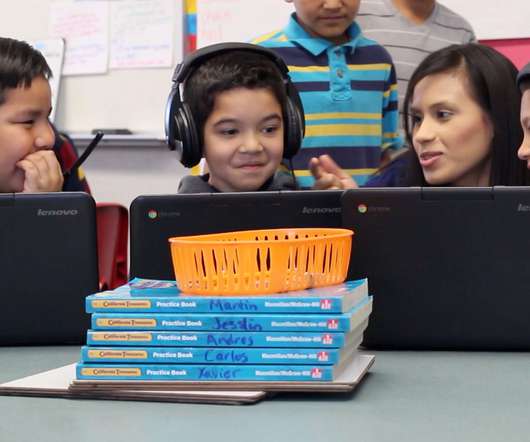?Expanding Access to Edtech Isn’t Enough. We Need to Make Sure It Works, Too
Edsurge
MARCH 4, 2017
The New Schools Venture Fund estimates that K-12 schools collectively spend about $9 billion per year on instructional software, digital assessments, laptops and tablets for students and teachers. These decision-makers spend billions of dollars on equipment and resources to implement their decisions. Rapidly emerging technologies.















Let's personalize your content